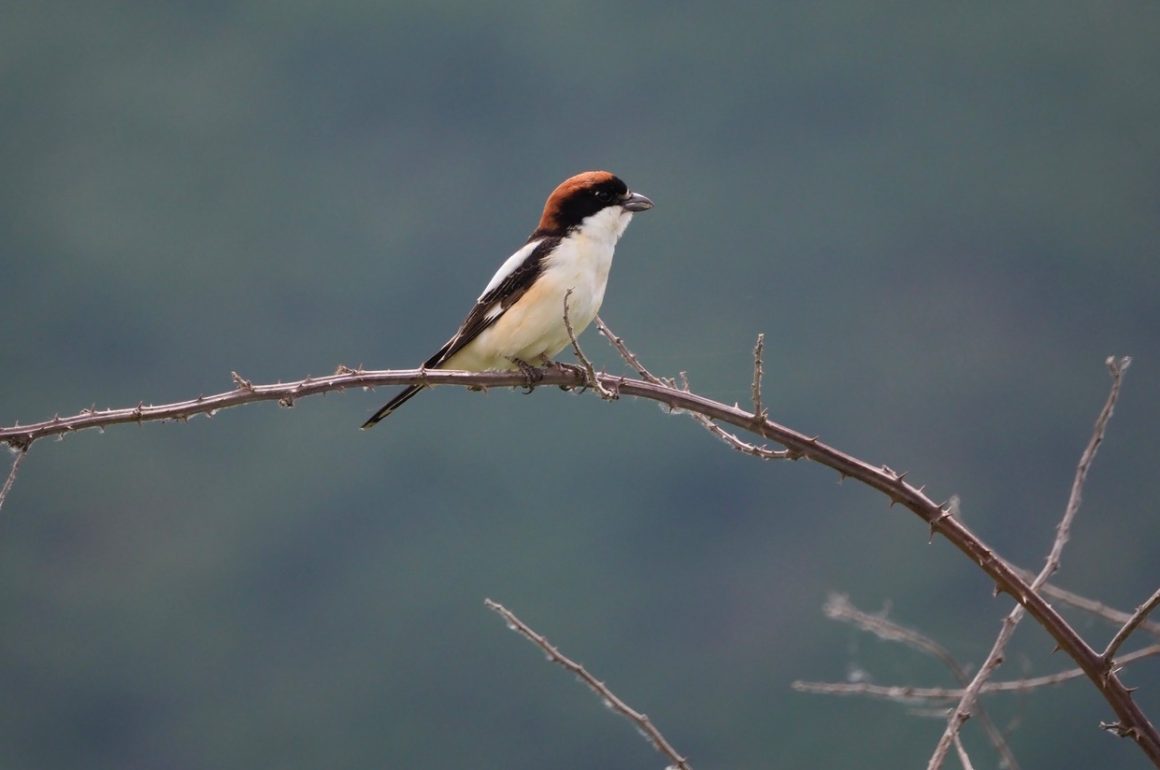
Six months of the year have now slipped by, so time to review the state of my bird lists – my UK list, and my European list. Three months ago the former was on 139, but it’s now grown to 180, while the European list was 173, but has now reached a much more satisfactory 303. My target at the start of the year was 200 species in the UK and 300 in Europe, so I’ve achieved the latter, while the chances of reaching the former are pretty good.
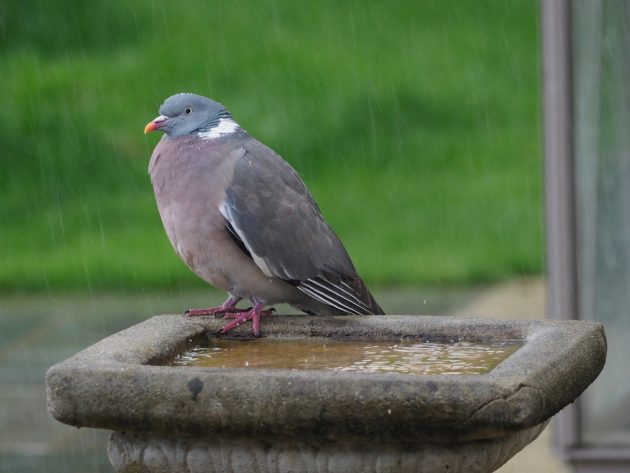
An everyday bird, the Woodpigeon. This one was photographed in my garden on a wet day in April. One tends to take woodies for granted
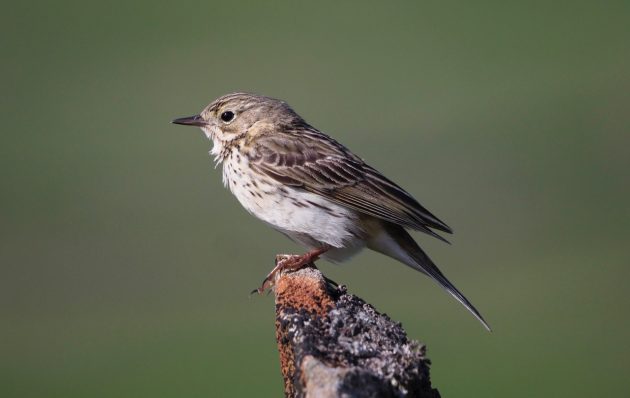
Brown but not boring: a Meadow Pipit
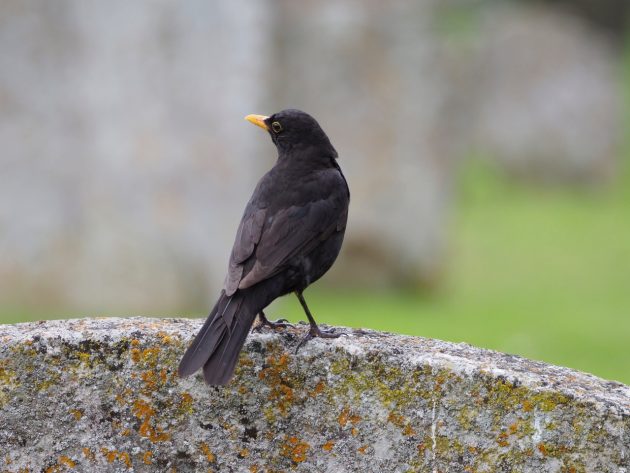
An everyday bird it might be, but the cock Blackbird’s song is one of the best. Blackbirds sing from February through to July
My UK list is, in reality, an English list, as I haven’t wandered into the adjoining countries of Wales, Scotland and Ireland this year, and I have no plans to do so. Until last month it was an East Anglian list, as I hadn’t ventured far from home, but a trip to Northern England last month did add some northern specials, such as Dipper and Puffin. That trip was fun, as it reminded me of the delights of watching birds like Golden Plover and even Meadow Pipit on their breeding grounds. I see lots of Golden Plovers in the winter, but (like so many waders) they are birds transformed when in their breeding finery.
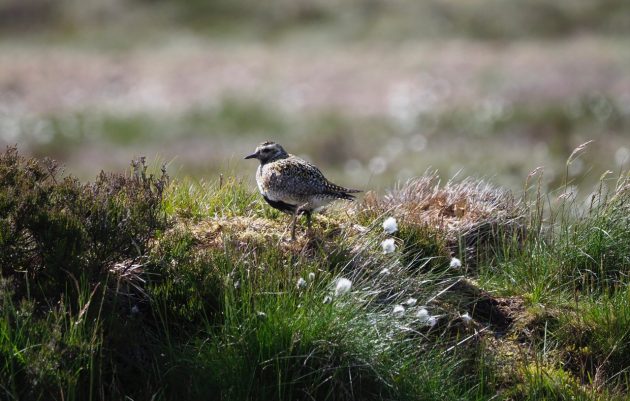
Golden Plovers are so much more handsome when in full breeding plumage
I’ve seen a mere 21 species of waders in the UK this year, compared with 35 in Europe, and it shouldn’t be difficult to add several of the birds I’ve seen in Europe to my UK list in the next few weeks, as autumn passage gains pace. I haven’t, for example, seen a Greenshank in the UK, nor a Spotted Redshank or Wood Sandpiper, all three of which are relatively easy to see on the Norfolk or Suffolk coasts in July and August. To be honest, this does highlight the slightly ridiculous practice of keeping two lists – why not just one? The answer is because BirdTrack (the bird- recording system I use most) reminds me whenever I log-in on the state of my British list, but I have to scroll down to Explore Data to check on how my overall World list (just Europe this year) is progressing.
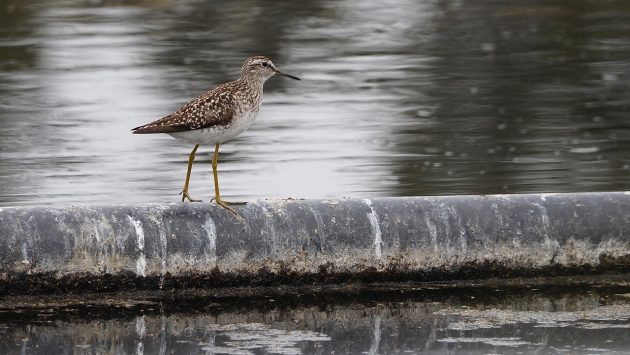
Wood Sandpiper. This bird was in Cyprus in April; I have yet to see one this year in the UK
There are, inevitably, a few birds that I really should have encountered by now but have failed to do so. I have seen only a single species of diver (loon) this year, Red-throated, but if I try hard enough it shouldn’t be too difficult to add Great Northern and Black-throated to the list by the end of the year. Nor have I see a skua (jaeger) of any species. Both Great and Arctic Skuas are not difficult to find in Norfolk in September, as they are attracted by the tern colonies as they migrate south. Pomarine and Long-tailed Skuas are also possibilities, and the former occasionally winter in the North Sea, off the Suffolk/Norfolk coast.
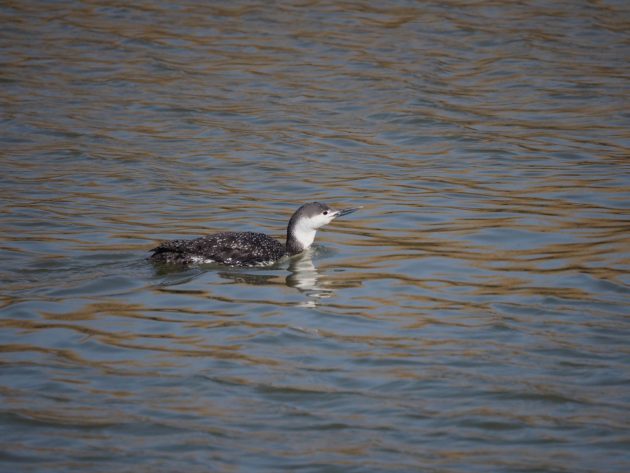
Though I have seen Red-throated Diver this year, I have yet to find either a Black-throated or Great Northern anywhere
There are a number of birds that I’ve encountered just the once, but they were memorable encounters. One of the best was the Long-eared Owl which floated past me one evening when I was out looking for Nightjars on my local heath. It was too dark for photography, but great to see. Equally memorable was the Corncrake, rasping away at dusk on the Welney Washes in late June. Two centuries ago Corncrakes were common birds in Britain, but we now only have a small remnant population that survives on the islands of the Hebrides. The Corncrake I heard was part of a reintroduction project. For some people this devalues the bird, but it doesn’t for me, while this was the first time that I’d ever heard a Corncrake singing in England, with all my recent encounters in Eastern Europe.
Crakes are among the most elusive of birds, and none are easy to see in the UK. In Cyprus in April I delighted in watching several Little Crakes plus a splendid Baillon’s Crake, all of which proved easy to see, if not photograph. Spring migration is the best time to see these secretive birds, as once on the breeding grounds they tend to stay in cover and rarely show themselves.
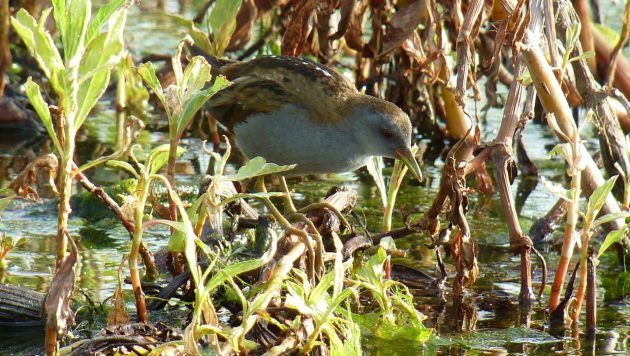
Crakes are difficult to see on their breeding grounds. This Little Crake was on migration in Cyprus
Raptors are always exciting to encounter, and I was delighted earlier in the year to enjoy a couple of sightings of wandering White-tailed Eagles in Norfolk. I haven’t done well with Golden Eagles, with just a single bird, seen briefly, in Greece, in May. For the first time in many visits I failed to see Griffon Vultures on Cyprus, where they are seriously endangered, but I have seen many in Spain this year in Andalucia and both Cantabria and Castile y León. Northern Spain also produced my best views of Honey Buzzards (I did see one briefly in Greece in May). Two years ago three summered in Norfolk, and I saw them several times, but there have been no reports this year, so this is one bird that seems unlikely to be added to my 2024 UK list.
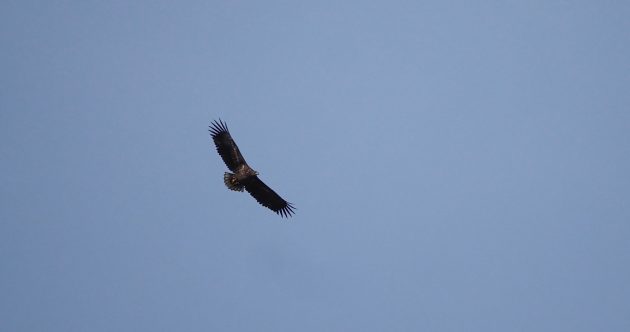
A wandering White-tailed Eagle in Norfolk in April. This was an unexpected encounter
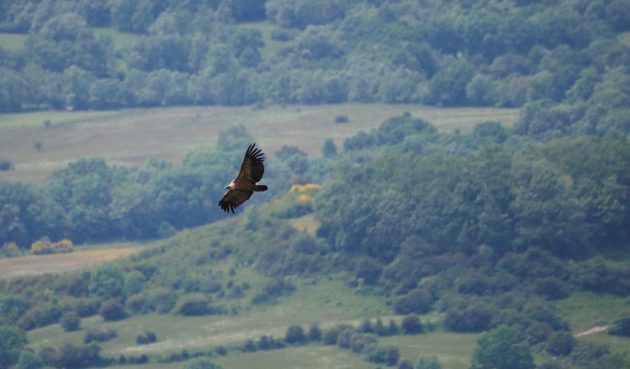
Griffon Vulture: common in Spain, but seriously endangered in Cyprus
Shrikes are one of my favourite families of birds. My first shrike of the year was a Great Grey in the Brecks in March, not too far from home, while Kerkini in Greece gave me the opportunity to see Red-backed, Woodchat, Masked and Lesser Grey, all of which nest within the area of the lake. I missed seeing Iberian Grey Shrike in Andalucia in February, but finally managed to see one in Castile y León last month. I remember when these shrikes are very common in Spain, but my observations suggest that numbers have declined sharply in recent years.
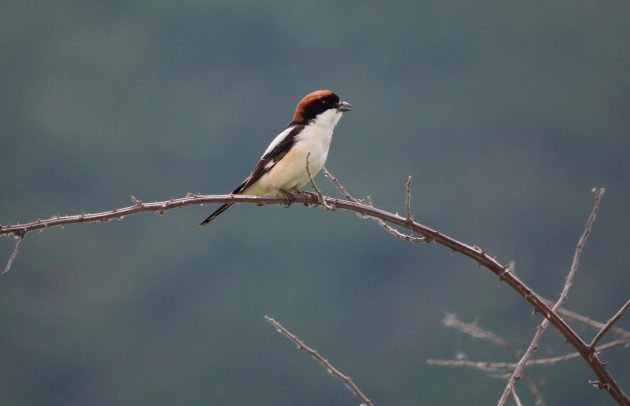
The shrikes are one of the most handsome of bird families. This is a male Woodchat, photographed on its breeding grounds in Greece in May
Listing is all a bit pointless unless you share the records: I note all mine on BirdTrack, which not only allows me to refer to them at the press of a keyboard and a touch of the mouse, but also makes them available to the British Trust for Ornithology, which runs BirdTrack. The alternative to BirdTrack is Cornell’s excellent E-Bird, which is used by several of my fellow contributors to 10,000 Birds. Both BirdTrack and E-Bird are satisfyingly easy to use, so there are no excuses for not doing so.













Lovely writing. I feel as if I’m on a private birding tour, and am learning so much!
nice account David